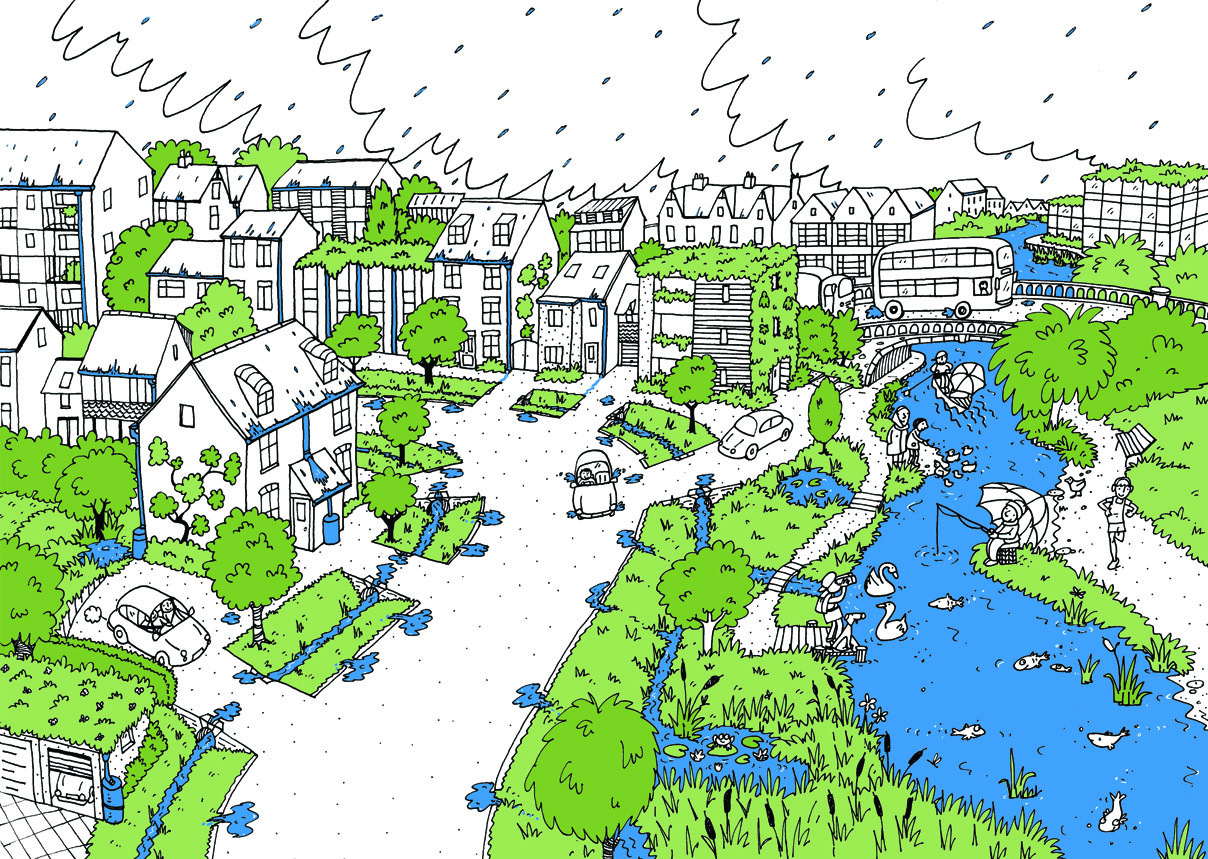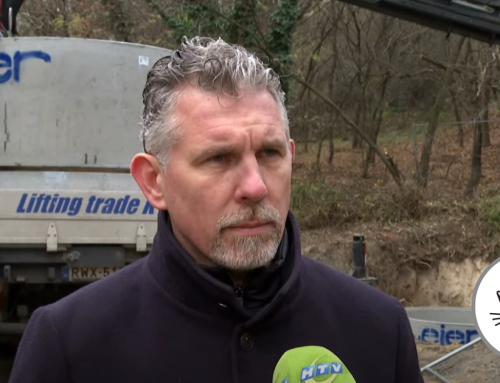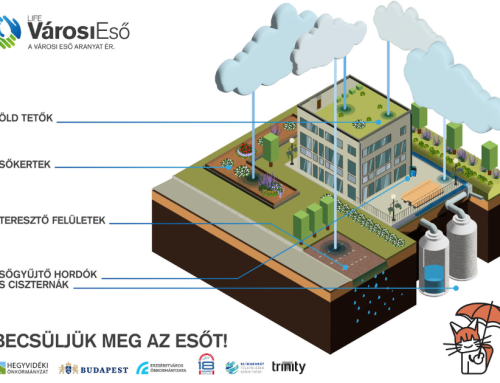The LIFE Urban Rain team has seen many examples of so-called SuDs on both its study trips to Barcelona and Berlin, and in the following we will go through what SuDs are and what benefits they have for urban stormwater management.
Sustainable Drainage Systems (SuDS) are designed solutions that treat stormwater as close to its source as possible to mimic natural drainage and promote infiltration, slowing and passive management.
SuDS schemes aim both to manage flood and pollution risks from urban run-off and to improve the ecological environment and create biodiverse areas where possible. Therefore, SuDS systems are multifunctional and offer several advantages that should always be taken into account in the design.
The SuDS principles of infiltration and deceleration are combined with slow drainage. Many SuDS solutions combine infiltration and deceleration. In cases where infiltration is not possible, for example due to soil type or contamination, SuDS systems using slowing are preferred.
A good SuDS design follows the SuDS philosophy, the basic principles of which are:
- Water management chain – linking several SuDS components in series, categorising areas by land use and drainage type.
- Treating rainfall on site – rainfall should be treated as close as possible to the place where it fell
- Surface water treatment – where possible, run-off water should be treated at the surface.
- Early involvement – the use of SuDS should be considered at an early stage of property selection and planning.
- It is good practice for SuDS systems that use slowing and slow drainage to use surface features instead of basement storage, and to coordinate the drainage system with the diversion of catastrophic flooding.
When SuDS systems are used with road networks or retrofitted to existing built-up areas, road drainage will usually be a determining factor in the design of the SuDS. This is because road runoff often accounts for a large percentage of the total volume of runoff from developed areas, and it is the surface water portion that contains the highest levels of pollutants.
(for Hungarian subtitles, go to Settings–>Subtitles–>Automatic translation–>Hungarian)
Benefits of SuDS systems:
- Flood management – reducing the risk of flooding .
- Water quality management – reduces the impact of dispersed pollution.
- Enhancement of amenity and biodiversity – integrating green infrastructure with SuDS solutions provides opportunities for habitat, recreation and biodiversity areas.
- Water resources – SuDS can help to recharge groundwater reserves and recycle rainwater.
- Community benefits – Attractive, well-designed public spaces that incorporate SuDS can help build better communities by improving social cohesion and quality of life.
- Recreation – multi-purpose SuDS elements can not only treat surface water but also serve as sports and play areas.
- Education – SuDS offers a great educational opportunity for both children and adults, while also providing a recreational space
- Enabling development – SuDS can help to free up capacity in existing drainage networks, and the provision of SuDS can often be a prerequisite for planning permission.
The translation is based on the Local Government Association
Image source: thames21.org





Leave A Comment